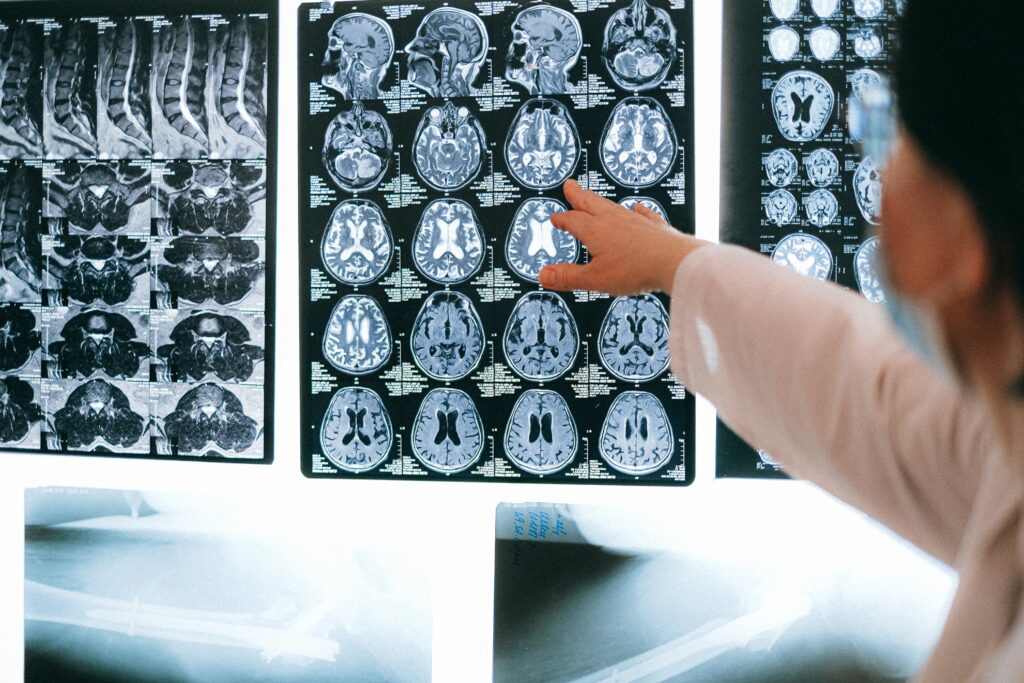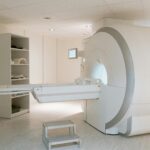Radiology is a lively field. With how quickly the landscape changes, it can be difficult to keep up on the news that could come around to affect the way those in the field of radiology work. Keep reading below to learn a little bit more about some of the important stories affecting radiology today!
In Medicine: Tau PET Shows Promise Against Alzheimer’s
Tau PETs are relatively new in the practical world of medicine, having just had Tauvid, a PET tracer made specifically for imaging tau protein pathologies, approved by the FDA in 2020. That being said, these new efforts have made promising headway in the early diagnosis and treatment of Alzheimer’s disease. The presence, or lack thereof, of tau in the brain is considered to be the core determining factor of whether or not a patient will remain stable or deteriorate, meaning that focused and consistent screening is the key to understanding if a patient needs or is responding to treatment before it is too late.
A team from University of Geneva (UNIGE) and Geneva University Hospitals (HUG) compared amyloid PET, glucose metabolism PET, and tau PET to determine which would be the most helpful in the detection and treatment of Alzheimer’s. While the other two models have been out for over two decades, Alzheimer’s has proven to be complex beyond the readings of these two PET scans alone, according to Valentina Garibottom, a researcher and director within the team. With the introduction of tau PET, there is a promising outlook that we will be able to map tau tangles and address more than just the symptoms.
In Technology: Biomedical Engineering Team Creates Breakthrough Surgical Technology
A team of 5 biomedical engineers from the University of Michigan’s College of Engineering are being awarded the Distinguished University Innovator Award for their histotripsy technology. While histotripsy itself is not a new concept, the U-M team’s novel technology has it paired with ultrasound instead of thermal ablation, allowing practitioners to disrupt targeted tissue with less complications than previous technology had.
Histotripsy uses sound waves to break down diseased tissue, theoretically avoiding long-term and full-body treatment plans or the need for open surgery. Prior to 2010, the existing technology simply had or created other issues, such as bleeding, infection, radiation, and heat-induced complications. In 2010, HistoSonics developed the Edison System, which allowed for non-invasive, non-ionizing, and nonthermal procedures to destroy targeted tissues in real time. With the new technology created by the biomedical team at U-M, we can take it a step further, making the process more effective and easier to recover from than ever before.
Socially: AHA Funds Research to Assess Racial Bias in Cardiovascular Treatment Algorithms
Clinical algorithms are used to analyze data from medical practitioners to create a working idea of the health of the patient. In terms of cardiovascular health, factors that are often included are age, weight, blood test information, health history, and current habits. Some programs include race or ethnicity to try to further determine how genetics might play into the patient’s heart health, but recent studies have shown that ‘race’ is not a consistent or strong enough replacement for genetics.
Algorithms and AI are trained off of programming and provided information, so allowing for continued input of biased and assumptive data is entirely unethical and dangerous. Because of this, the American Heart Association is helping fund three separate studies to look into the potential detriment of the racial bias in cardiovascular algorithms and how that affects diagnosis and treatment, which is a great step in the right direction!
Of course, these are not the only things happening in the world of radiology, but they do have a major impact on the future of medicine that we will experience in the near future. If you are interested in finding a new job and kickstarting your own future, then check out our job board here. If you are looking for something different than what we have available, then send us an updated resume here and connect with a recruiter today!











